Often in literature, writers (myself included) will attempt to write a character whose physical characteristics are reflective of who they are as a person. For example, if a character has been through hardship all of their lives, an author may portray this by giving the character scars, a malnourished physique, or maybe an athletic build that can serve him or her well in a tense situation. This is not a bad thing! This is actually a good thing, as it shows that a writer is putting a lot of thought into their character. No, this is only a bad thing when the specified trait is confined to only one group, and when divergence from said confines only occurs in the villains of the story. This use of physical characteristics to define personality is a bad thing when those characteristics are specifically given to the bad guys.
Allow me to elaborate on this statement. J.R.R. Tolkien, the genius linguist, professor, and author of TheHobbit and Lord of the Rings series, describes his orcs in a letter as "...squat, broad, flat-nosed, sallow-skinned, with wide mouths and slant eyes; in fact degraded and repulsive versions of the… least lovely Mongol-types" (Letter 210). Tolkien’s elves, men, and hobbits, in contrast, are described as being “white skinned” and “fair”. Tolkien paints a very clear image in the audience’s mind of what the villains of his series are supposed to look like and what the good guys are supposed to look. A keen reader could even say that he wants the physical characteristics of his characters to be indicative of their levels of good and evil.
Many critics have attempted to justify these representations by reminding the audience that Tolkien was attempting to write a European-centered fantasy in a time that the wounds from WWI and WWII were still healing. It is therefore is easy to see where Tolkien was getting his inspiration from. Historians also explain that, at the time, racism was a part of everyday life, and comments that portray these physical features as belonging to an evil or lowly group was normal. I am not condemning Tolkien or other authors of this time because of their writing, nor am I excusing them. Critics and historians are correct in saying that these authors and their works are products of their times. One cannot change history, and one cannot change the way people of said history viewed and translated the world. To attempt to hide such aspects of history and our society would, as the new disclaimer on some Warner Bros cartoons aptly states, “be the same as claiming these prejudices never existed.”
It is not just the physical traits of characters that appear to be split between good and bad in literature. Often, the heroes of a story will be neurotypical and will be pitted against a villain who, on closer inspection, is found to have some form of mental illness. Some of the most prevalent examples of these mentally ill villains can be found in the DC comics, especially within the stories centered on a certain vigilante dressed as a bat. Batman’s villains are often classified as criminally insane and have been shown as representing multiple mental illnesses. Batman and Psychology: A Dark and Stormy Knight is a book written by Dr. Travis Langley, a professor of psychology at Henderson State University. In his book, Dr. Langley attempts to diagnose the DC characters with various mental illnesses. Langely states that Harley Quinn has dependant personality disorder, the Riddler has OCD and possibly aspergers, and Penguin has a severe inferiority complex. Dr. Langley goes on to diagnose the Joker with psychotic schizophrenia and Two-Face with split personality disorder.
No one can deny that the DC comics’ use of mental illness adds a certain level of depth and intrigue to the characters. Mental illnesses, especially for those who perhaps are not very exposed or educated in this area of psychology, often have an air of mystery and foreboding to a character and to an overall story. Similarly, no one can deny the fact that the DC comics show a very one-sided view of mental illness and send a very negative message to its audience about said illnesses. One may point out that Batman himself shows undeniable symptoms of OCD, depression, paranoia, and PTSD, and therefore argue that DC does allow its good guys to represent the mentally ill population. Those who take this argument, however, fail to recognize that DC is yet again using a mental disorder to explain the behaviors and abilities of a person whose abilities, motivations, and dedication exceed human boundaries. Therefore, DC has yet again portrayed mental illness as something that places a person beyond the grasp of average humanity. Ordinary people in the real world who are dealing with the everyday issues presented by a mental illness are still forgotten about. The problem with the representation of mental illness remains, because those who suffer mental illness in the real world remain inaccurately represented in the media, and those who know nothing about mental illness are exposed only to these inaccurate representations.
The indisputable fact that so often gets ignored by everyone is this; people are weird. Humanity is strange. Individuals have quirks and every person in the world has some sort of oddball trait that they feel separates them from the rest of the world. Too often, people grow up reading about heroes and heroines, seeing these characters set on pedestals. The heroes are above reproach, more than human, and yet they do contain very human qualities. Unfortunately, these very human qualities are shown in a very limited range of characteristics and do very little to expand the horizons of representation. People see heroes with perfect lives, perfect bodies, perfectly functioning in a society that is only realistic in the fact that it is grossly imperfect. Even if we do not focus on superheroes, how often do we see the protagonists of our favorite stories who are in less than good physical condition? How often are our main characters faced with traumatic events that they walk away from as though it was a picnic? How often do we look to our favorite characters for guidance and strength, and see only where we were inadequate in our shortcomings? These heroes, despite being meant to represent the best of humanity, fail to embrace the incredible qualities and the undeniable weirdness that is what makes humanity so unique.
No one can change the past, and it would be a crime to erase the struggles that people went through in the past and continue to battle today. As writers, we must instead make it our duty to remind people of the faults of the past, and to ensure that the mistakes made in the future do not stem from lack of representation or ignorance. We must make it our duty to help change the course of the future so that prejudices against certain characteristics or demonizing these traits have no place in our writing. Instead, we must insure that the heroes and villains in our written stories are as diverse as those in real life, all around the world and in all walks of life. Stop falling prey to the misconception that only large eyes are indicative of purity and innocence. No more giving only your villains hooked noses and bushy eyebrows. Rebel against the idea that light equals good and dark equals bad. Subvert the criteria that your heroes have to be social, charismatic, easily likable, have incredibly high IQs, or be free from mental illnesses. The world is so big and full of so much possibility, and it is growing and expanding at an exponential rate. The world has always been big enough for everyone, big enough for diversity, big enough for inclusion. It is only in the past few decades that people have begun to really recognize that. It is time for us, as writers, to finally begin representing all members of our audience, with all of their completely acceptable, completely valid differences.





 people sitting on chair in front of computer
people sitting on chair in front of computer



 all stars lol GIF by Lifetime
all stars lol GIF by Lifetime two women talking while looking at laptop computerPhoto by
two women talking while looking at laptop computerPhoto by  shallow focus photography of two boys doing wacky facesPhoto by
shallow focus photography of two boys doing wacky facesPhoto by  happy birthday balloons with happy birthday textPhoto by
happy birthday balloons with happy birthday textPhoto by  itty-bitty living space." | The Genie shows Aladdin how… | Flickr
itty-bitty living space." | The Genie shows Aladdin how… | Flickr shallow focus photography of dog and catPhoto by
shallow focus photography of dog and catPhoto by  yellow Volkswagen van on roadPhoto by
yellow Volkswagen van on roadPhoto by  orange i have a crush on you neon light signagePhoto by
orange i have a crush on you neon light signagePhoto by  5 Tattoos Artist That Will Make You Want A Tattoo
5 Tattoos Artist That Will Make You Want A Tattoo woman biting pencil while sitting on chair in front of computer during daytimePhoto by
woman biting pencil while sitting on chair in front of computer during daytimePhoto by  a scrabbled wooden block spelling the word prizePhoto by
a scrabbled wooden block spelling the word prizePhoto by 
 StableDiffusion
StableDiffusion
 StableDiffusion
StableDiffusion
 StableDiffusion
StableDiffusion

 women sitting on rock near body of waterPhoto by
women sitting on rock near body of waterPhoto by 
 Photo by
Photo by 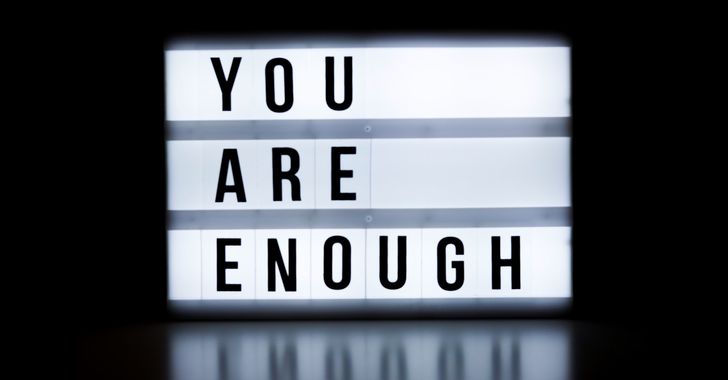 Photo by
Photo by 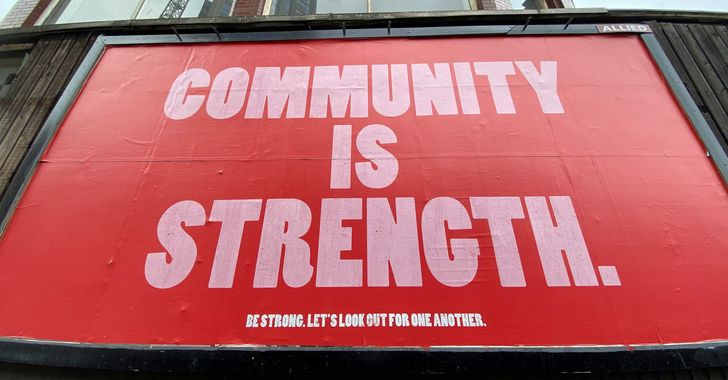 Photo by
Photo by  Photo by
Photo by 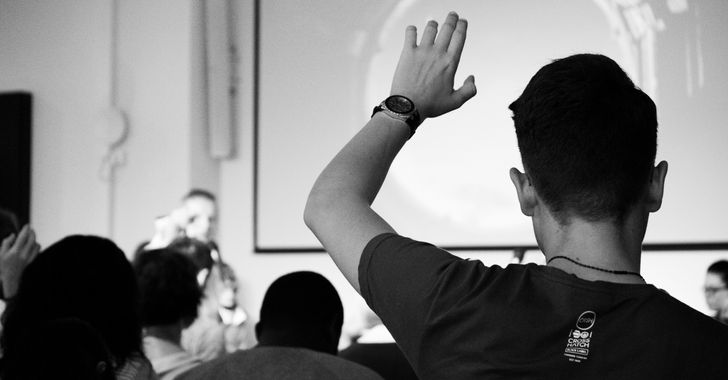 Photo by
Photo by  Photo by
Photo by 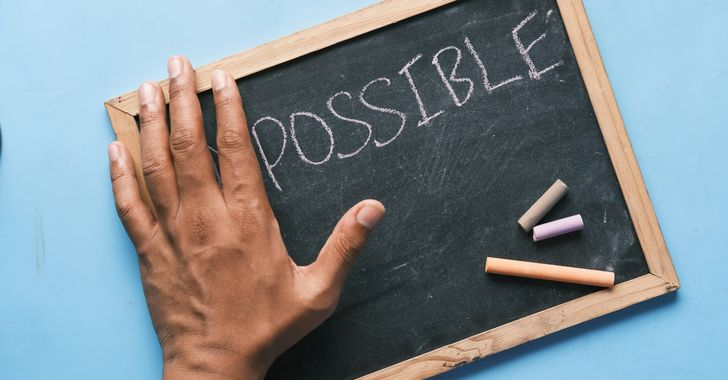 Photo by
Photo by  Photo by
Photo by  Photo by
Photo by 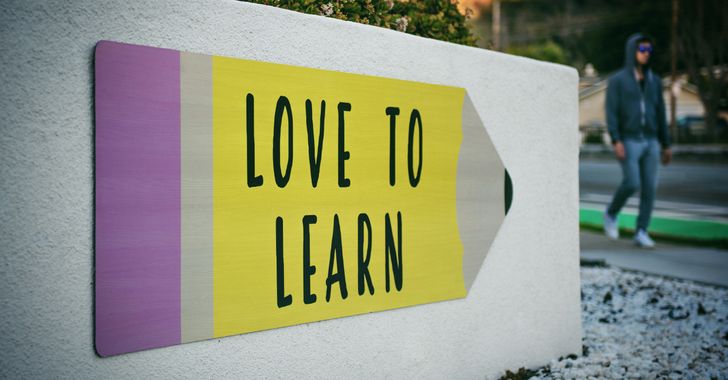 Photo by
Photo by 








